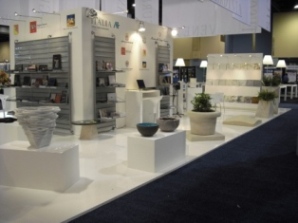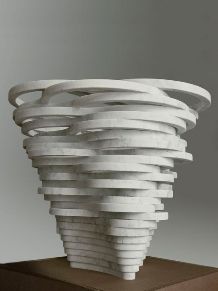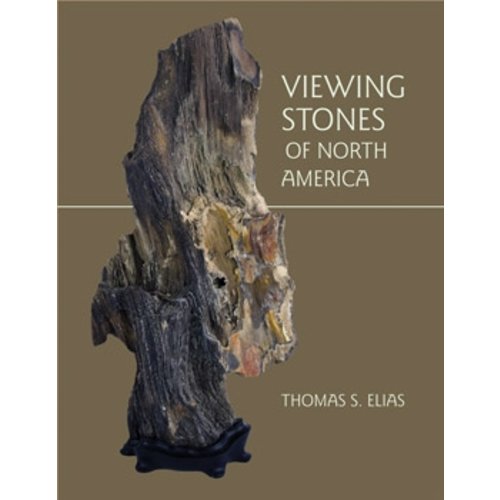
In addition to viewing the broad selection of Italian stone at ITC's booth, architects were also able to obtain Continuing Education Credits by attending the technical seminar offered by the Italian Trade Commission, an AIA/CES provider. The speaker, architect Marcantonio Ragone, a world expert in marble applications in architecture, presented the latest technologies applied to the use of marble from project to construction site, including stainless steel anchors for cladding in different applications and other modern, cost-effective and efficient techniques to obtain the best results in aesthetic and dollar value.

A library of stone
This unique stone library at ITC's booth offered architects visiting the trade show floor an opportunity not only to closely view the colors and shades of this selection of Italian natural stone materials, but also to touch and feel the actual texture of each stone.
In addition to the compact and uniform white and yellow/beige marbles from the historic Tuscan quarries, such as Carrara Statuary, Giallo Siena and Giallo Reale, which are used in architectural works all over the world, the marble library also presented a series of more decorative, polychrome Tuscan stones: Rosso Rubino, Arabescato Orobici, Fior di Pesco Carnico and Breccia Medicea, whose name is derived from Cosimo I De Medici. These stones have been used throughout the centuries from Palazzo Pitti, to the Duomo of Florence, to the Medicean Chapels, the Great Hall of the
The region of Apulia, famous for its Trulli, ancient cones structures made of stones held together without mortar, exhibited its world-renowned beige limestones, including Trani Classico, Trani Filetto Rosso and many types of Serpeggiante.

The Veneto Region has more medieval city walls than any other region in
The beautiful Region of Sardinia, famous for its Nuraghi -- Bronze Age habitat constructed with native stones about 3,000 years ago -- is the second largest island in the Mediterranean Sea and a major world exporter of granites. The Sardinian stones, well known for their homogeneity, resistance, aesthetic and technical characteristics, have been used in a myriad of architectural projects around the world, including the base of the Statue of Liberty, the Stock Exchange Building in



